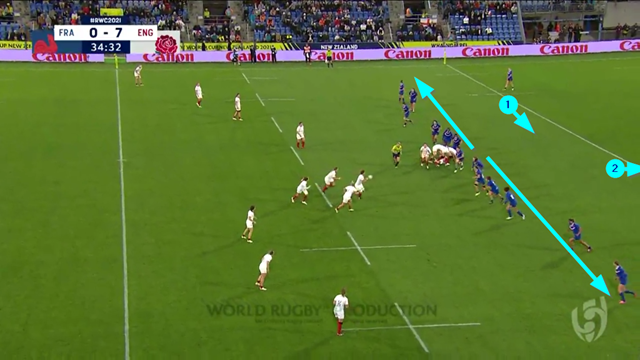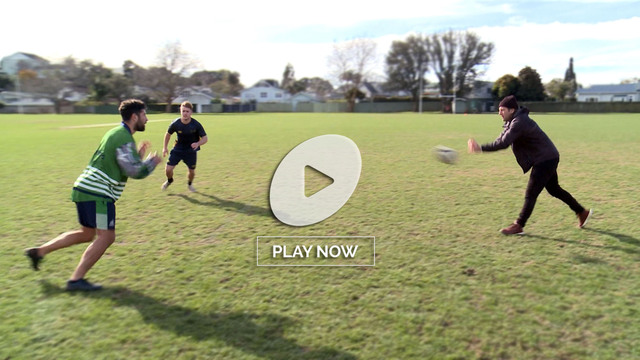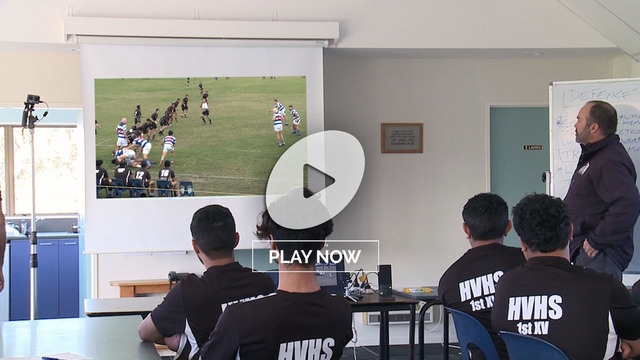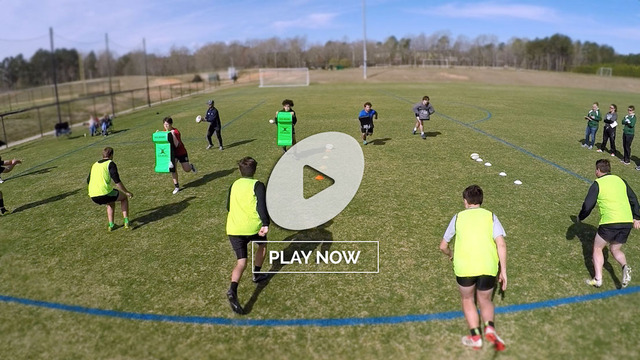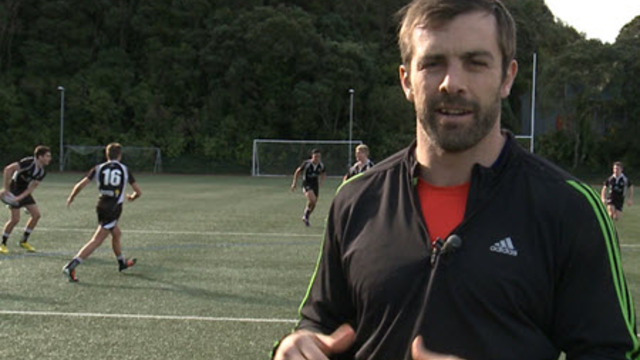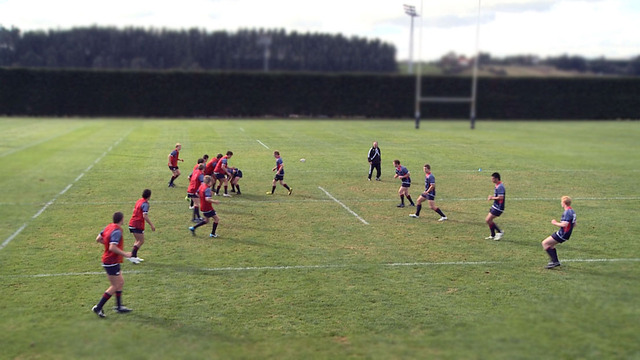The Women’s World Cup continues the throw up a succession of matches which offer a fascinating contrast of styles. Realistically, the three teams who can win the trophy are England, France and New Zealand, who have all now reached the semi-final stage.
Each has a very distinctive style of play: England are superbly-drilled at the set-pieces and hold a trump card in the backline, in the form of all-world centre Emily Scarratt. New Zealand are razor-sharp in unstructured attack, with a back three out of the top-drawer featuring Ruby Tui and Portia Woodman.
France meanwhile, has to content itself with being merely the best defensive team in the tournament. Les Bleus have only conceded 18 points in four matches (13 of those in one game against England) and a niggardly two tries in the process.
The French defence is copybook in its organisation by any standard, male or female. One of the outstanding features of that intense contest between the Red Roses and Les Tricolores at the group stage was the way in which France managed the threat of Scarratt, who has been one of the dominant personalities in the women’s version of the game for many years. She is a true ‘triple threat’ attacker, who can run with power and balance, while enjoying excellent touch on the pass and kick.
England will often use their excellent lineout as the platform to test defences out wide in the early stages of a match, and so it was against France:
It’s a double cut-out play with number 13 Scarratt as the second play-maker, heaving out the pivotal pass to left wing Claudia MacDonald, and it comes off prime-quality back ball from the lineout.
The priority for France is to ensure that right wing Joanna Grisez can get back on terms with MacDonald to make the tackle. That enables full-back Chloe Jacquet to make a positive choice between digging for the breakdown pilfer, or remaining out in the backfield ‘pendulum’ for the following phase:
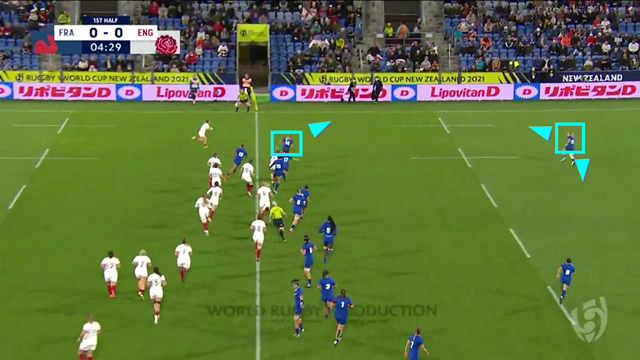
In the event Jacquet chooses to dig and win the turnover.
On the next occasion that Scarratt received the ball directly off the top of the back of the lineout, she opted to give the ball to number 15 Ellie Kildunne instead of shifting the point-of-attack wider:
The French centres, 12 Gaby Vernier and 13 Maelle Filipon deliberately take away the outside and force the England full-back back into the arms of back-rower Charlotte Escudero (in the black hat). Forget the ‘missed tackles’ along the way and look at the outcome: a six-second delay at the point of contact, and this picture on next phase:
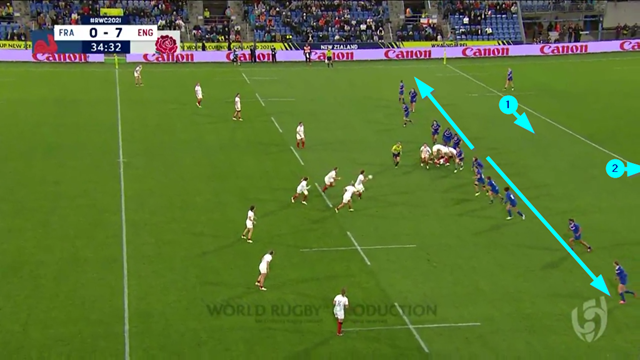
France are in perfect shape with 13 players on their feet and in the line, and two guarding the backfield, while England have three players consumed in the ruck. Advantage France.
Emily Scarratt had no better luck when she tried the outside on second phase, or on the kick return:

In the first example, England have numbers in the right 5m corridor after a break on the previous play, but France shut down the overlap expertly in the modern style. There is no drift on to the last edge attacker – each line defender moves up square, with 15 Jacquet taking her opposite number Kildunne and leaving England right wing Lydia Thompson to number 11 Emilie Boulard and 13 Filopon on the fold behind her. That is how great defence is done.
Scarratt had no joy on the kick return out to the right either. She is trying to engage the last French defender, but France still has a player (number 4 Celine Ferer) shifting round on the fold to cover the space to the side-line.
With the outside largely out of play, England tried to use Scarratt, who at 6 feet tall and 80 kilos has a formidable physical presence, on the short angle with power:
No dice. In both cases Scarratt, finds herself running into France’s most destructive tackler, number 12 Vernier, and is sent backwards ‘tae think again’.
But you cannot keep a good woman of Emily Scarratt’s quality down forever, and England eventually found the solution, via a switch which put the England centre inside the twin defensive threats of Escudero and Vernier, and on to diminutive replacement halfback Pauline Bourdon (number 21) instead:

Summary
The titanic contest between England and France at the Women’s World Cup illustrated the importance of excellent backline defence in the bold colours of red, white and blue. Les Tricolores had a plan for England’s outstanding centre Emily Scarratt, and they executed it.
They began by narrowing the field, and taking away the outside, and then put their most explosive tackler Gaby Vernier on her when she came back against the grain. That Scarratt eventually found a way, and scored all of England’s points on a grim evening, was emphatically not the fault of that superbly-organised French defence.
